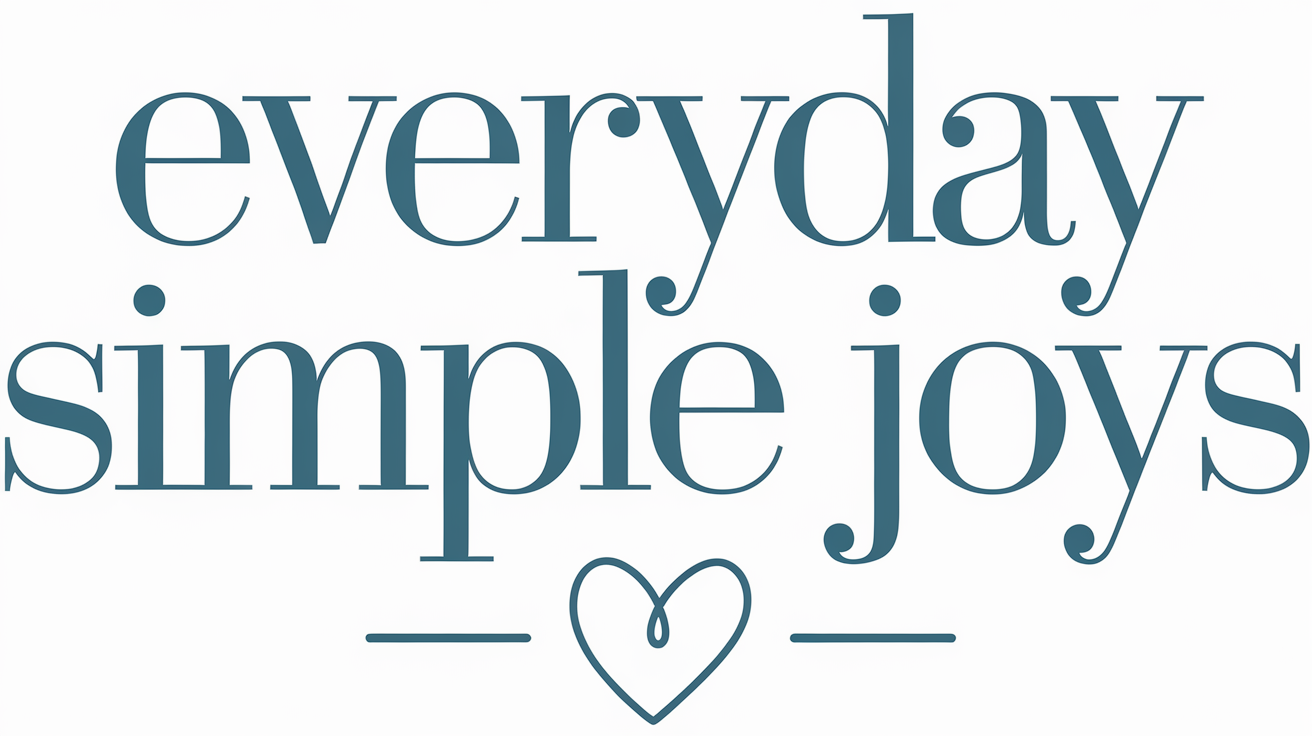Like a tangled ball of yarn that slowly unravels into a perfect pattern, your craft closet can transform from chaos into a beautifully organized space. You’ve probably experienced the frustration of searching through piles of supplies or finding damaged materials buried in forgotten corners. Regardless of if you’re a weekend crafter or a daily DIY enthusiast, you’ll discover that maintaining an organized craft space isn’t just about tidiness, it’s about releasing your creative potential and making every project more enjoyable.
Highlights
Store craft supplies by category in clear, labeled containers for easy identification and access.
Install adjustable shelving and pegboards to maximize vertical space and accommodate different-sized storage containers.
Position frequently used items at eye level, with less-used supplies stored higher or lower in the closet.
Implement a nightly cleanup routine and quarterly decluttering schedule to maintain organization long-term.
Create dedicated zones within the closet based on craft types and workflow to enhance efficiency and accessibility.
Assess and Plan Your Craft Storage Space
Before plunging into any craft closet organization project, you’ll need to thoroughly assess your current storage situation and develop a strategic plan.
Start by conducting a complete inventory of your supplies and tools, noting where you currently store items and how often you use them.
Grab your measuring tape and create a detailed map of your closet space, including dimensions and fixed features like shelves or outlets.
Don’t forget to measure vertical spaces, which are often overlooked goldmines for additional storage. Use a craft space calculator to determine exactly how much storage you’ll need for your supplies.
Next, divide your space into functional zones based on your crafting workflow.
Consider creating designated areas for frequently used items, specialized tools, and project storage.
Test different arrangements with movable storage units before committing to permanent solutions, and guarantee your plan includes room for future craft supply additions.
Smart Sorting Strategies for Supplies
Once you’ve assessed your craft space, implementing smart sorting strategies becomes crucial for maintaining an organized and efficient closet. Start by categorizing your supplies based on broad craft types rather than getting lost in minute details. This approach mirrors store layouts, making it intuitive to find what you need when inspiration strikes.
Transform your sorting process into a manageable task by focusing on one category at a time. This methodical approach prevents overwhelm and guarantees thorough organization while maintaining your creative momentum.
Group all materials and tools for specific crafts together, enhancing project workflow. Use clear bins and baskets with handles for frequently accessed items. Implement vertical storage solutions to maximize space utilization. Label everything clearly to maintain long-term organization.
Remember to maintain your sorting system by regularly reassessing categories and promptly returning items to their designated spots after each project. This dynamic approach guarantees your craft space evolves with your creative needs while staying organized.
Essential Storage Solutions That Work
Effective storage solutions form the backbone of a well-organized craft closet. You’ll maximize your space by implementing track-based shelving systems that adapt as your crafting needs evolve.
Pair these with clear, stackable drawer units to keep smaller items visible and accessible while maintaining a tidy workspace.
Transform unused vertical space by installing pegboards for frequently used tools and supplies. You’ll love how easily you can reconfigure hooks and specialized holders as your craft collection grows.
Don’t overlook your closet door – it’s prime real estate for narrow baskets and racks that can hold ribbons and wrapping paper.
For a unique touch, consider incorporating vintage wooden drawers or repurposed furniture pieces. They’ll add character while providing practical storage for brushes, pencils, and papers.
Combine these with custom dividers to create perfectly sized compartments for your specific supplies, ensuring everything has its designated spot.
Creating an Easy-to-Navigate System
Successfully managing your craft closet starts with a thoughtfully planned system that makes every supply easily accessible.
Transform your space by implementing strategic organization methods that blend function with visual appeal. You’ll want to establish clear zones for different craft categories while maintaining flexibility for future adjustments.
Create an intuitive navigation system by incorporating these key elements:
- Use color-coded labels with consistent fonts and styles to quickly identify contents and maintain visual harmony
- Install adjustable track systems and pegboards to maximize vertical space and adapt to changing storage needs
- Group similar items together in uniform, clear containers that allow instant content visibility
- Position frequently used supplies at eye level, with less-used items stored higher or lower
This systematic approach transforms your craft closet into an efficient workspace where you’ll spend less time searching and more time creating.
Remember to regularly update your organization system as your crafting needs evolve.
Maintaining Long-Term Organization
Setting up an organized craft closet is only half the battle. Keeping it that way requires deliberate, ongoing effort. The key to maintaining order lies in establishing concrete habits and systems that make organization second nature.
Start by implementing a regular decluttering schedule with quarterly purges and nightly 10-minute cleanups. You’ll prevent overwhelming accumulation while keeping high-traffic areas functional. Adopt a “one-in-one-out” policy for new purchases, and donate surplus supplies twice yearly to maintain manageable inventory levels.
Make maintenance effortless by positioning frequently used items at waist-to-eye level and installing motion-activated lighting for hands-free access. Use clear bins with color-coded labels facing outward, and keep cleaning supplies within arm’s reach for quick spill management.
Set timers for micro-cleaning sessions between projects, and establish a closing duties checklist to guarantee everything returns to its designated spot. Remember to photograph your ideal organization state as a quick reference guide for maintaining consistency.
Summary
Let’s face it, you’ll probably ignore all this advice and continue shoving glitter tubes into random drawers while muttering “I’ll organize it later.” But if you’re ready to graduate from craft chaos to creative calm, you’ve got the blueprint now. Regardless of if you follow these tips or keep playing supply hide-and-seek is up to you. Just don’t blame us when you can’t find that perfect ribbon for tomorrow’s project.
